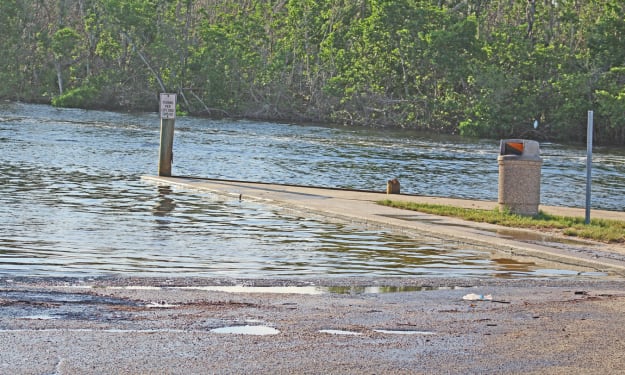
Introduction to Boneless Deadliest Snakes
Snakes have long captured the fascination and fear of people around the world. Among the most feared are the deadliest ones, possessing venom that can kill swiftly. In this article, we'll explore the top ten boneless deadliest snakes, delving into their characteristics, habitats, and the potency of their venom.
The Top 10 Boneless Deadliest Snakes
Black Mamba
The black mamba is renowned for its speed, agility, and deadly venom. Found primarily in Africa, this snake's bite can deliver a potent neurotoxin capable of causing paralysis and death within hours.
Inland Taipan
Known as the world's most venomous snake, the inland taipan inhabits the arid regions of Australia. Its venom is so potent that a single bite contains enough neurotoxins to kill several adult humans.
Coastal Taipan
The coastal taipan, also native to Australia, possesses venom that attacks the blood's ability to clot, leading to hemorrhaging and organ failure. Encounters with this snake require immediate medical attention.
Eastern Brown Snake
Found in Australia and New Guinea, the eastern brown snake's venom is highly potent, causing paralysis and respiratory failure in its victims. It is responsible for numerous snakebite deaths in its range.
Saw-scaled Viper
This snake, prevalent in Africa, the Middle East, and the Indian subcontinent, is known for its irritable disposition and lethal venom. Its bite can lead to severe pain, swelling, and tissue damage.
King Cobra
The king cobra, native to Southeast Asia, is the world's longest venomous snake. While its venom is not the most potent, it delivers a large enough dose to kill an adult elephant. Human fatalities have been recorded.
Russell's Viper
Found throughout Asia, Russell's viper is responsible for a significant number of snakebite fatalities in its range. Its venom causes blood clotting abnormalities and tissue necrosis, often leading to limb amputations.
Death Adder
The death adder, endemic to Australia, possesses venom that induces paralysis and respiratory failure. Its camouflaged appearance makes it particularly dangerous as it lies in wait for unsuspecting prey.
Philippine Cobra
This cobra, found exclusively in the Philippines, delivers a venom containing potent neurotoxins. Bites can result in respiratory failure and death without prompt medical intervention.
Tiger Snake
Native to Australia, the tiger snake's venom is highly neurotoxic and coagulant. Bites can lead to paralysis, muscle damage, and renal failure, posing a significant threat to humans.
How to Stay Safe
When venturing into snake habitats, it's essential to remain vigilant and take precautions. Avoid provoking or handling snakes, wear appropriate clothing and footwear, and carry a snakebite first aid kit.
Conclusion
The world is home to numerous deadly snakes, each with its unique venom and method of attack. By understanding their behaviors and habitats, humans can better avoid encounters and mitigate the risk of snakebite fatalities.
FAQs about Boneless Deadliest Snakes
Are all snakes deadly?
While not all snakes are venomous, many possess the capability to deliver a lethal bite.
What should I do if bitten by a snake?
Seek medical attention immediately. Keep the affected limb immobilized and apply a pressure bandage if possible.
How common are snakebite fatalities?
Snakebite fatalities vary depending on factors such as the snake species, medical access, and the victim's health. However, they remain a significant concern in regions where venomous snakes are prevalent.
Can antivenom treat all snakebites?
Antivenom is specific to certain snake species and may not be effective against all types of venom. Prompt identification of the snake is crucial for administering the correct antivenom.
What measures can be taken to prevent snakebites?
Avoiding areas where snakes are known to inhabit, wearing protective clothing, and staying alert are essential precautions to reduce the risk of snakebites.





Comments
There are no comments for this story
Be the first to respond and start the conversation.